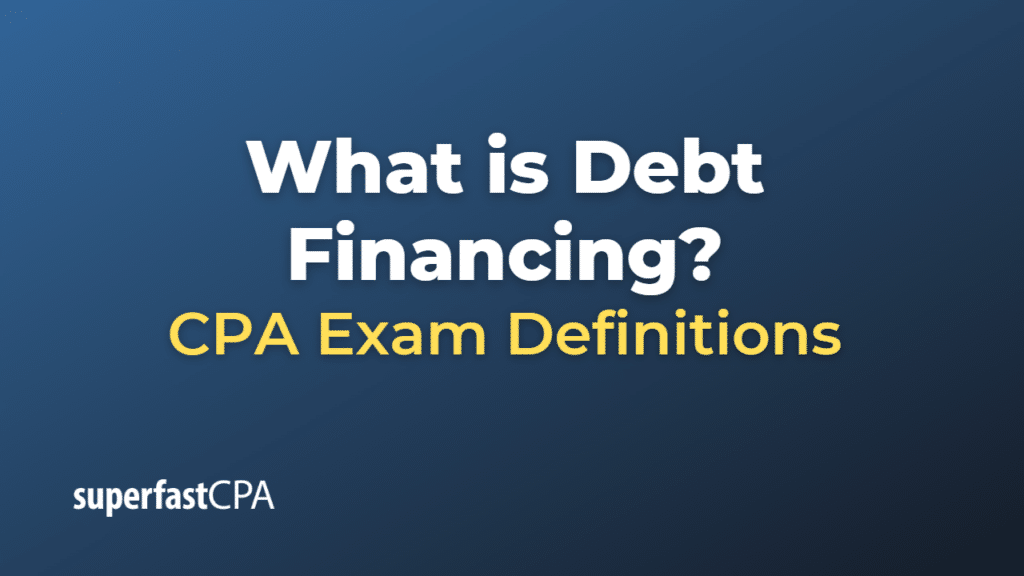Debt Financing
Debt financing is a method that businesses use to raise funds for various needs, such as starting a new project, expanding operations, or managing cash flow. This is done by borrowing money from external sources, with the promise to pay back the principal amount along with agreed-upon interest over a certain period of time.
The borrowed funds can come from a variety of sources, including banks, credit unions, private investors, or through the issuance of bonds. The lender does not gain an ownership interest in the business and is not entitled to any of the company’s profits beyond the interest on the loan.
Debt financing can be categorized into two types:
- Long-term debt financing: This usually includes loans with a maturity date longer than one year, such as mortgages, equipment loans, or bonds.
- Short-term debt financing: This includes loans that must be repaid within one year, such as lines of credit, short-term loans, and trade credit from suppliers.
The terms of the debt, such as the interest rate and repayment schedule, are usually defined in a contract known as a loan agreement or debt covenant.
While debt financing allows companies to leverage funds for growth without diluting ownership, it also comes with risks. If a company is unable to repay the debt, it could face financial difficulties or even bankruptcy. Moreover, the obligation to make regular interest payments can strain a company’s cash flow, particularly in difficult economic times.
Example of Debt Financing
Imagine that a business owner, Sarah, runs a successful bakery and decides to expand her business by opening another location. To do this, she estimates she needs an additional $200,000 for renovations, new equipment, and initial staffing.
Sarah decides to go to a bank to secure debt financing for her expansion. After reviewing her business plan, financial statements, and credit history, the bank agrees to lend her the $200,000. The terms of the loan are a 6% annual interest rate and a 5-year repayment period.
Sarah’s bakery now has the necessary funds to expand. Over the next five years, she will need to make regular payments to the bank to pay back the $200,000 principal and the interest that accumulates. If her new location is profitable, she could generate enough additional income to not only make these payments but also increase her overall earnings.
This is a common example of long-term debt financing, as the loan has a repayment period of more than one year. The loan allows Sarah to expand her business without needing to give up any ownership stake, as she would with equity financing. However, she also assumes the risk of needing to make regular loan payments regardless of her business’s profits. If she fails to make these payments, the bank could take legal action to recover its funds, which might include seizing assets of Sarah’s bakery.













